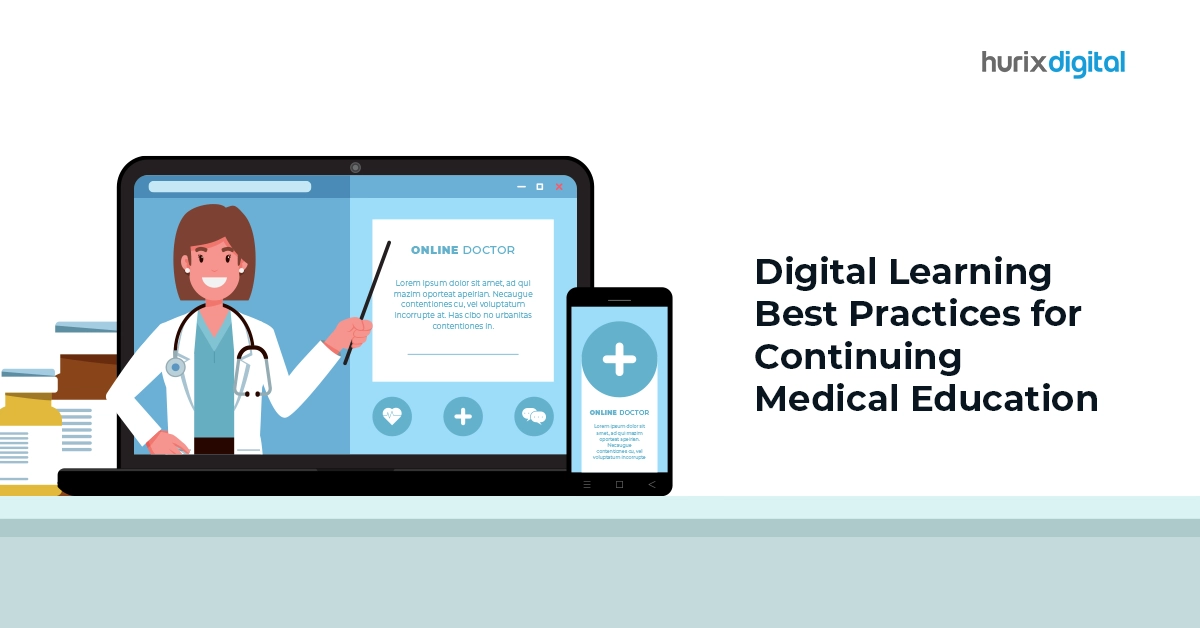The courses and subjects that a student will get familiar with over the course or training time are outlined in the course catalog.
Q: What is a course catalog in e-learning?
A: A course catalog provides learners with an easy-to-use interface to find and select the courses they need to achieve their A course catalog offers students a simple interface for finding and choosing the courses they need to complete their learning goals. Additionally, it assists administrators in managing and organizing their courses, monitoring student progress, and producing reports.
Q: What are the benefits of a course catalog in e-learning?
A: A course catalogue offers students a simple interface for finding and choosing the courses they need to complete their leaStudents may easily search and select the courses they need to achieve their learning objectives using a course catalogue. Additionally, it helps instructors manage and organize their classes, keep track of student development, and create reports.
Q: What information is typically included in a course catalog?
A: The course title, description, learning objectives, prerequisites, target audience, instructor information, and duration are often included in a course catalog. It might also include information on the course’s structure, delivery method, scheduling, and cost.
Q: How can a course catalog help organizations improve their training programs?
A: A course catalog can help organizations improve their training programs by providing a complete overview of the courses that are offered and supporting students in making informed decisions about their training needs. Additionally, it can help organizations find gaps in their training programs and use that information to guide decisions about the design and delivery of courses.
Q: How can a course catalog be integrated with a learning management system?
A: A learning management system can be connected with a course catalog so that users can browse and select courses right from the LMS interface. This is done by importing course data into the LMS. Students can easily obtain enrollment and course information by connecting the organization’s website to the course catalog.





